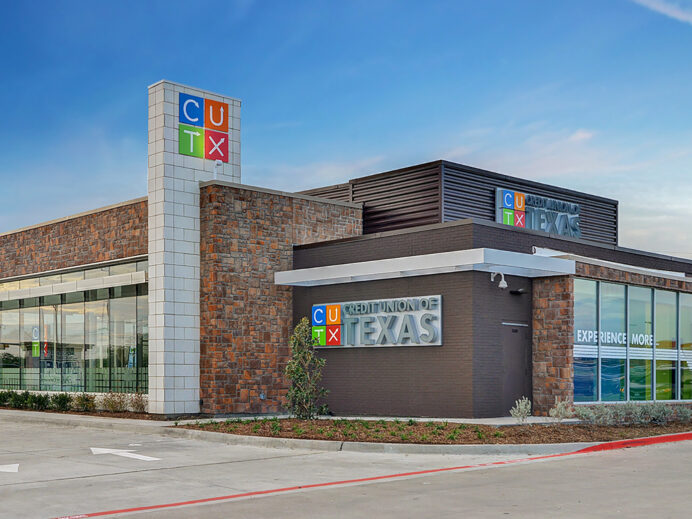Over the last decade or more, everyone in financial services has heard ominous predictions about the death of the branch, yet the in-person retail channel in banking keeps proving its worth. While it’s true that digital adoption continues to transform the banking experience, only 10% of consumers do their banking exclusively online. The reality is that most people want a mix of digital and in-person banking options. Especially surprising is the increasing appeal of the branch to younger generations.
For financial institutions, the branch remains the place where the most durable and valuable relationships are forged and sustained. In fact, opportunities at the branch are why 97% of financial institutions are redesigning their locations right now. In ushering in this change, what’s essential to understand is that branches are moving from an old purpose of what banking was with teller lines and transactions to a new purpose as a consultation hub, where bankers provide expert advice and support for people’s complex financial challenges.
But how do you define and design the ideal branch experience – a North Star – for your organization? “A North Star is not your latest prototype or your branch of the future, because the future is never here,” says Gina Bleedorn in her recent presentation at Future Branches in Boston. “It is a shared collective vision that is established by all of your key stakeholders and something you always trend towards over time. It is the songbook that everyone sings from.” But just as important as establishing that North Star is having a roadmap to guide you.
A Retail Strategic Plan holistically combines your institution’s North Star Vision and Long-Term Roadmap. “These two pieces need to work together,” says Gina. But often, they’re not. “What is happening is that your greatest expense in your branches is also your greatest opportunity for differentiation, but it’s not necessarily getting your greatest strategy.”
Having a Retail Strategic Plan banishes siloed, initiative-based thinking. “If you’re doing renovations without thinking about what the future purpose of the branch should be or if you’re relocating and you don’t have the right analytics telling you where to go, you are not addressing these things together optimally.”
Rightsizing Your Network
Rightsizing your current network capitalizes on the concept of critical mass – the point at which your bank gets rewarded for branch concentration. “You want to achieve critical mass, because at that point you have twice as much chance of your market share exceeding your branch share,” says Gina. For consumers, they have a feeling that a bank will be right where they need it. For institutions, they want to achieve that ubiquitous presence, but do so efficiently.
But does that mean you are serving the market all with big, beautiful standalone branches? “Some full-service branches become your hubs,” says Gina. “But then you have smaller fit-out locations, micro branches, and self-service only formats, all working together.” The essence of hub-and-spoke efficiency is achieving maximum input with minimum spend. “Standalone branches project outward, but a fit-out is potentially 1/3 of the cost and still gives you an important point of presence that counts towards your critical mass.”
Effective examples of hub-and-spoke network include: drive-up ATMs/ITMs in areas of reduced opportunity, storefronts that maximize branding opportunities, micro fit-out locations in key neighborhoods, and standalone full-service locations as a linchpin in a market.
Stay tuned for Part II of our series on Building a Rightsized & Resilient Branch Network, where you’ll learn about assessing branch health and identifying branch value drivers as you move toward your North Star.
To learn more about network transformation strategies for your bank or credit union or to speak with one of Adrenaline’s branch experts, contact us today. And stay tuned to the Believe in Banking Podcast as it highlights industry news and views for banking leaders.
Adrenaline is an end-to-end brand experience company serving the financial industry. We move brands and businesses ahead by delivering on every aspect of their experience across digital and physical channels, from strategy through implementation. Our multi-disciplinary team works with leadership to advise on purpose, position, culture, and retail growth strategies. We create brands people love and engage audiences from employees to customers with story-led design and insights-driven marketing; and we design and build transformative brand experiences across branch networks, leading the construction and implementation of physical spaces that drive business advantage and make the brand experience real.











